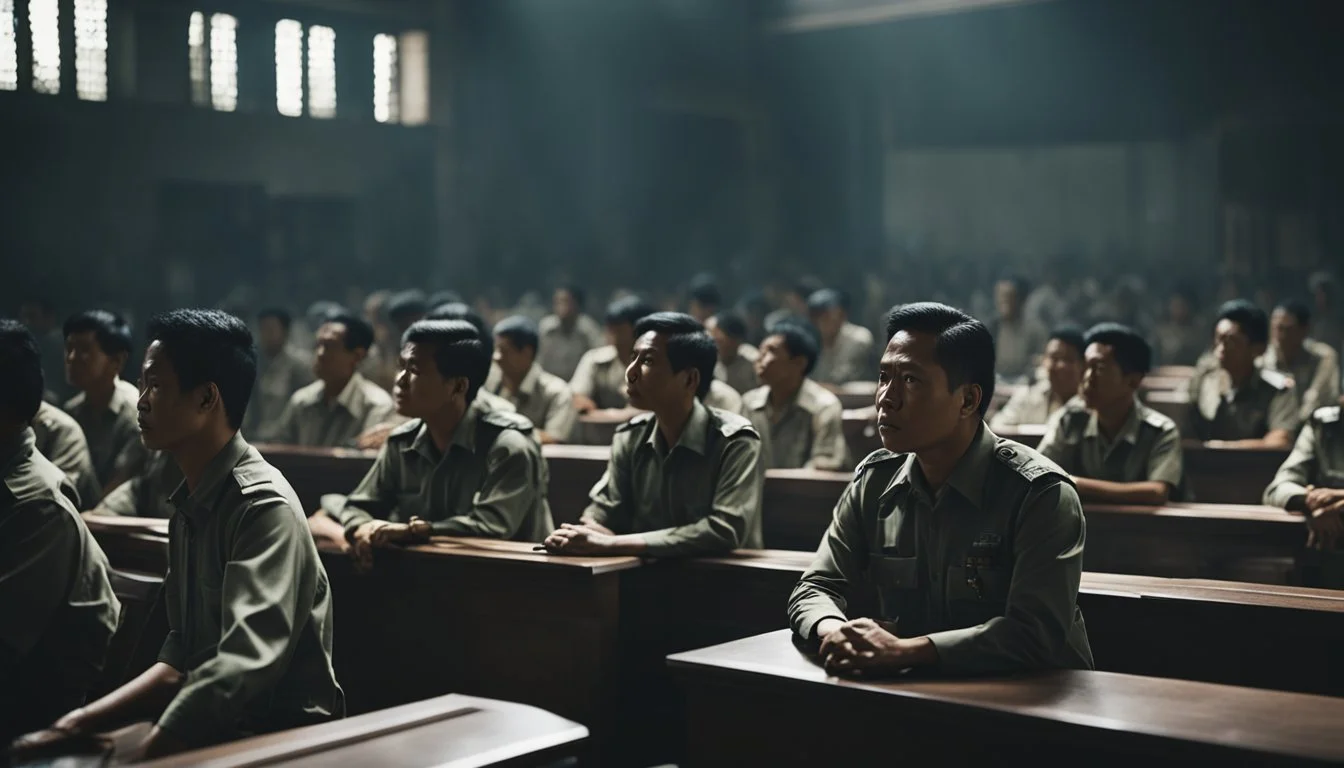The Look of Silence (2014)
Joshua Oppenheimer’s Act of Killing (2012) paints a haunting recreation of the Indonesian mass murders during the late 1960s, allowing the perpetrators to speak about their crimes in their fashion of choice. The documentary was a bizarre way to present such a terrible period – interpreting the entire thing through a genre-hybrid movie, combining Western, musical, and gangster-noir styles. Still, it managed to present a compelling hook, expanding in shockingly cathartic ways.
Oppenheimer’s sequel to that documentary, The Look of Silence (2014), is a great companion piece that seeks to create an honest picture of one of Indonesia’s gravest tragedies. It is equally brave and meditative as Act of Killing, albeit with much higher stakes.
Joining Oppenheimer is Adi Rukun, an optometrist who sets interviews with the different people involved in his brother’s death during the Indonesian mass killings. Rukun’s brother was one of millions of identified communists brutally murdered by the government’s paramilitary and gangster groups. For most of his subjects, Rukun’s interviews begin with a usual eye check-up due to their old age. It’s as if he is secretly sending a message, asking them to go through a clearer explanation to a blurry part of themselves. While checking the best lens for them, Rukun proceeds with his interrogation.
The people who Rukun has interviewed cannot respond to his questions straight. At times, it’s hard to specify what he wants out of it – forgiveness, or to elicit guilt. When Rukun asked one of the suspects if he was dismissing his moral responsibility, he was questioned in return if the entire interview was a communist ploy.
The Look of Silence is best described as a series of prolonged and enraged confrontations. While this documentary is Rukun’s best shot to receive justice for his brother, he was forced to accept that there’s no way he is getting the closure he so desperately needs.

